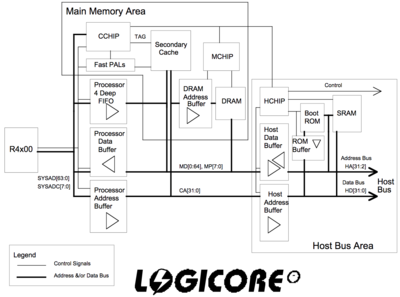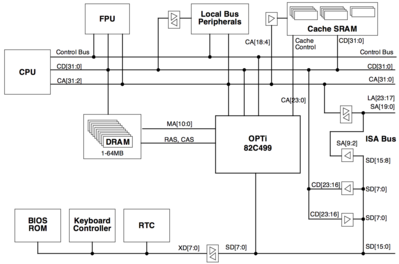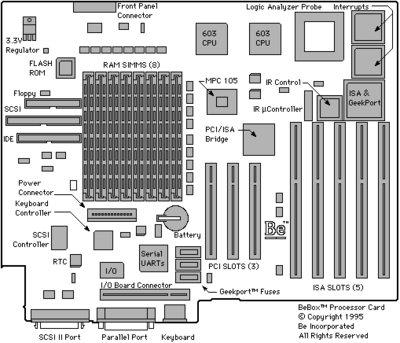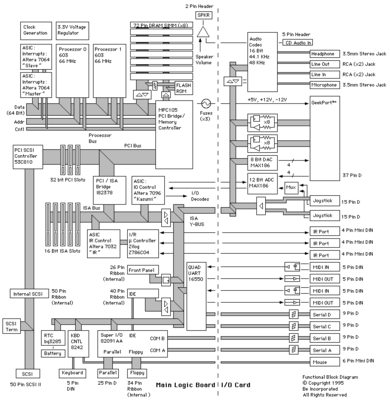First post, by torindkflt
I'm not intimately familiar with the inner-workings of VLB, but I know enough to be aware that it is basically just a physical extension of the data bus directly from 486 processors and thus was designed specifically with that architecture in mind. Pentium motherboards with VLB slots do exist, but they require special controllers to translate between the PCI and VLB bus. The complexity of this requirement made it very uncommon though, which is why 99% of the time VLB is a 486-only slot.
But then I find this video. It's a guy talking about and demonstrating an old RISC-based computer, about as far-removed from the x86 architecture as desktop computers of the day could get...and it has VLB slots on it!
Video (linked directly to the time when the teardown begins): https://youtu.be/1n0kWWqQ0D8?t=458
This got me wondering, would anyone happen to know how common VLB was in non-x86 systems, and how well it might have performed? I would imagine a significant crippling of performance in such setups since VLB was designed specifically for 486, let alone x86, and thus would require significant translation to tie it to a non-x86 motherboard.




